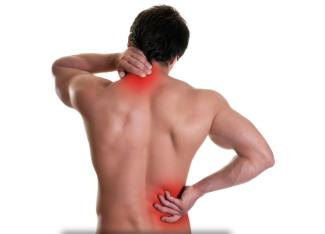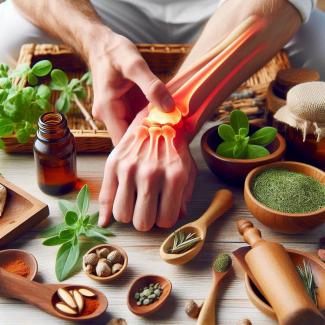
Back pain, also known as backache or lumbago, is a common medical complaint. It can vary in intensity, location, and duration, and it can be caused by a variety of factors. There are different types of back pain, which can be categorized as follows:
- Acute Back Pain: Acute back pain comes on suddenly and is usually caused by an injury or overexertion. Common causes include muscle strains, ligament sprains, herniated discs, or lifting heavy objects improperly. Acute pain typically lasts for a few days to a few weeks.
- Chronic Back Pain: Chronic back pain is persistent and can last for more than three months. It may be the result of an underlying medical condition, such as osteoarthritis, rheumatoid arthritis, or spinal stenosis. Psychological factors like stress and depression can also contribute to chronic pain.
- Radicular Pain: This type of pain is caused by irritation or compression of the spinal nerves. It often radiates down the leg and is typically associated with conditions like sciatica, herniated discs, or spinal stenosis.
- Referred Pain: Referred pain occurs when pain is felt in a location different from the actual source. For example, a kidney infection can cause pain in the lower back.
- Mechanical Back Pain: Mechanical back pain results from abnormal stress on the spine due to poor posture, muscle imbalances, or improper body mechanics. It is often linked to activities that involve heavy lifting or repetitive motion.
- Non-Specific Back Pain: This is a catch-all term for back pain that doesn't have a specific identifiable cause. It's the most common type and often involves a combination of muscle tension, ligament strain, and poor posture.
Treatment for back pain depends on its type and severity. Here are some general approaches to managing and treating back pain:
- Rest: In the case of acute back pain, resting and avoiding activities that worsen the pain can be beneficial. However, prolonged bed rest should be avoided, as it can lead to muscle weakening and delayed recovery.
- Physical Therapy: Physical therapy can help with muscle strengthening and improving posture. Therapists can also teach you proper body mechanics to prevent future back pain.
- Medications: Over-the-counter pain relievers like ibuprofen or acetaminophen can help alleviate pain and reduce inflammation. For more severe pain, prescription medications may be necessary.
- Heat and Cold Therapy: Applying heat or cold packs to the affected area can provide relief. Cold packs reduce inflammation, while heat packs can help relax muscles.
- Exercise: Regular, low-impact exercise, such as walking or swimming, can help prevent and alleviate back pain by strengthening the back and core muscles.
- Ergonomic Modifications: Improving your posture and ergonomics, both at work and at home, can significantly reduce the risk of back pain.
- Manual Therapy: Chiropractic care, massage, and osteopathic manipulative therapy can be helpful for some individuals with back pain.
- Injections: In cases of severe pain, epidural steroid injections or nerve blocks may be recommended to reduce inflammation and relieve pain.
- Surgery: Surgery is usually reserved for cases where conservative treatments have failed, or if there is an underlying structural issue that requires correction (e.g., herniated disc, spinal stenosis).
It's essential to consult a healthcare professional for a proper diagnosis and personalized treatment plan, as the treatment for back pain can vary widely depending on the individual and the specific underlying cause of the pain. Additionally, preventive measures, such as maintaining a healthy weight, staying active, and using proper lifting techniques, can help reduce the risk of developing back pain.






